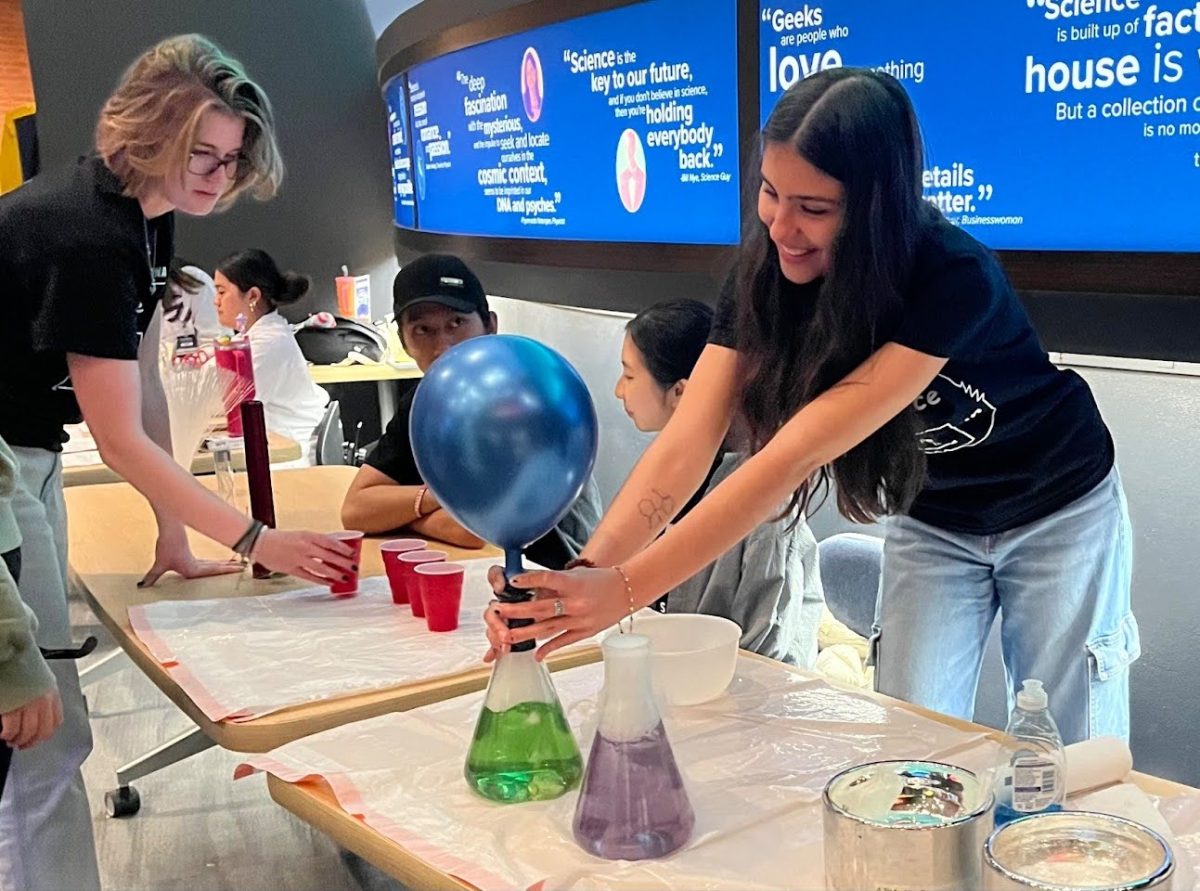Fall is in the air and some of the best holidays are right around the corner. Your social media feeds are filling up with pictures of your friends jumping in piles of leaves, frolicking in pumpkin patches and sipping on apple cider. But something else is in the air, too, and it may leave you feeling more like the Grinch this year.
Seasonal affective disorder, or SAD, can affect up to 7.9 percent of the general population each year.
According to the Diagnostic and Statistical Manual of Mental Disorders IV, seasonal affective disorder is characterized by major depressive episodes that recur seasonally for at least two years.
This recurring seasonal pattern is what sets SAD apart from other types of clinical depression, said Anne Gallenstein Kopstein, a psychiatric mental health nurse practitioner at Campus Health. Seasonal affective disorder is most prevalent during the late autumn and winter months.
But why does this time of year, mostly associated with holiday cheer and celebration, cause us to feel depressed?
According to Gallenstein Kopstein, many researchers believe seasonal affective disorder is actually a response to changing light levels. As the amount of light available in a day decreases, the biochemical balance in our body changes. This is believed to cause depression in some people.
RELATED: Yoga, stress relief come to UA Community Garden
Some studies, like one 2006 study from Oregon Health And Science University, suggest this could be due to a surplus of the sleep regulator melatonin.
“As winter days become shorter, melatonin production sometimes increases, leaving people with SAD sleepier and lethargic,” Gallenstein Kopstein said.
Depression and seasonal affective disorder share the same symptoms, but they are not the same illness. The best way to differentiate between the two disorders is by noticing a predictable seasonal pattern of when the depression occurs, Gallenstein Kopstein said.
If you’re struggling to enjoy activities you used to like, feeling like you have less energy than you usually do or experiencing sleep difficulties or low self-esteem, it might be time to talk to a doctor.
Both Campus Health and the medical department offer a short test to help diagnose these symptoms, Gallenstein Kopstein said. Additional symptoms of SAD include craving carbohydrates, weight gain and reduced production of vitamin D, which can affect serotonin levels.
RELATED: Campus Heath’s tips on what to do if you’re spending family weekend alone
If you are diagnosed with SAD, treatment could involve light therapy or vitamin D pills. According to Gallenstein Kopstein, light therapy is the most common treatment for SAD and involves sitting in front of a special type of light for 20 to 60 minutes each day. This light source acts as a replacement for the missing sunshine.
If you’ve already been diagnosed with SAD, it wouldn’t hurt to buy a lightbox and begin using it before the winter months hit, to prevent some of the symptoms beforehand, Gallenstein Kopstein said. With the help of proper treatment, you’ll be able to trade your holiday blues for fall fever.
Mental health is no joke, so regardless of whether or not you’ve been diagnosed with a disorder, pay attention to your feelings and thoughts. If you feel suicidal, extreme hopelessness or an urge to self-harm, talk to one of the licensed counselors at Campus Health, a family member, or even a friend.
Call 520-621-3334 to make an appointment at Campus Health Counseling and Psych Services, or visit them in the Highland Commons at 1224 E Lowell St, Tucson, AZ 85719.
Follow Hannah Dahl on Twitter









